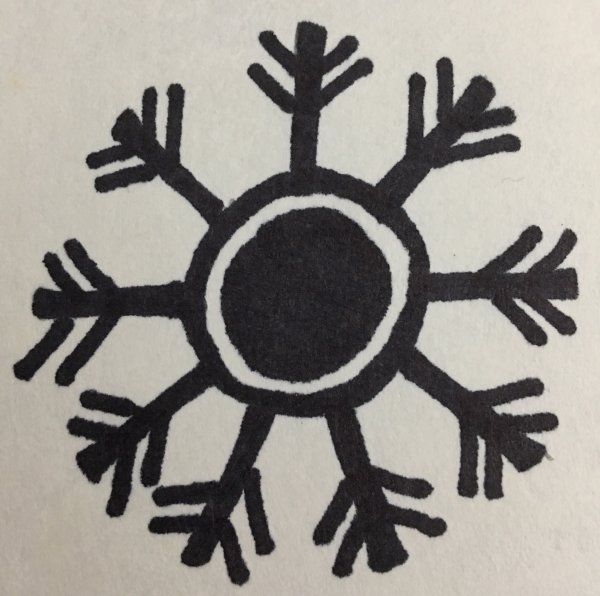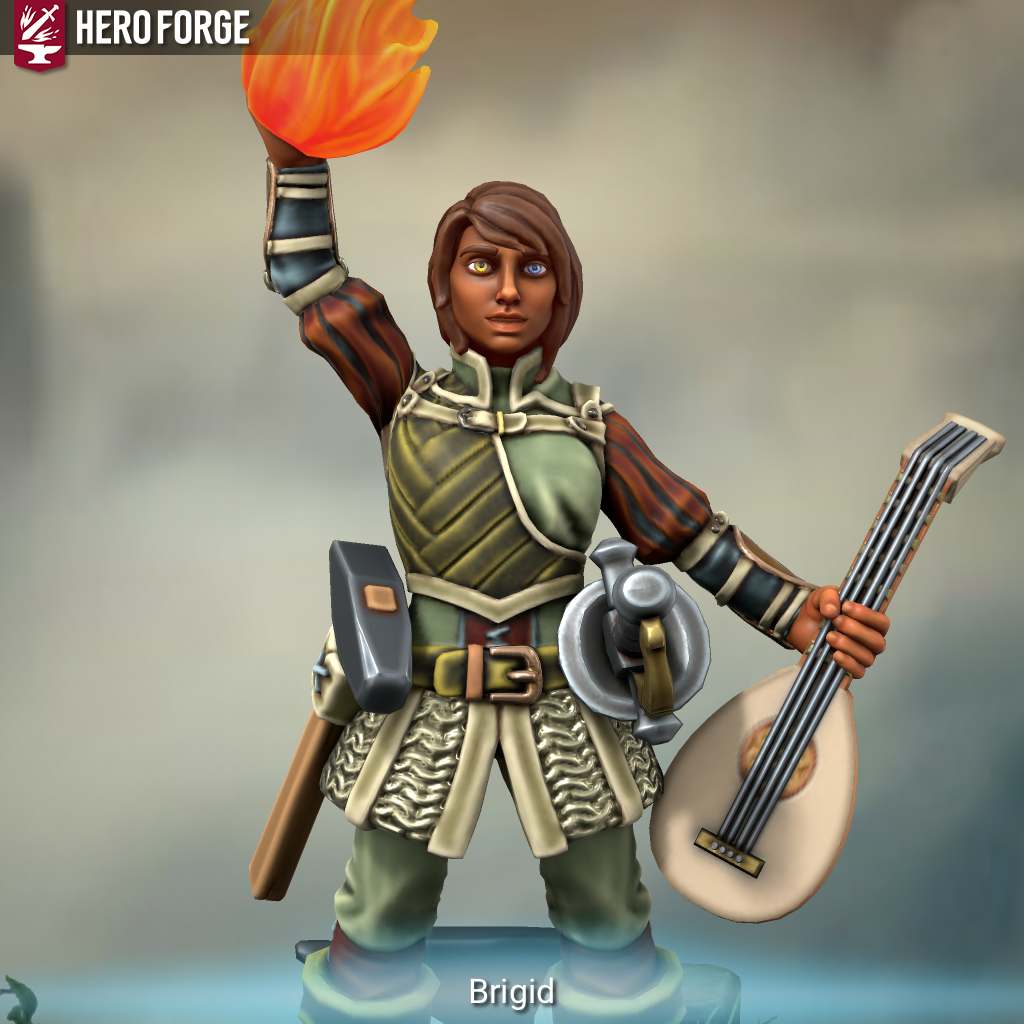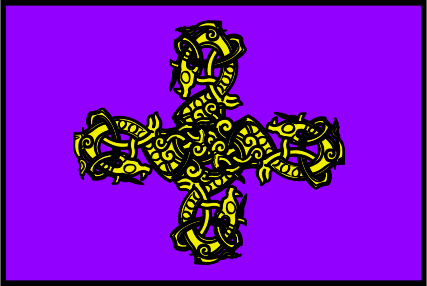draconic circle plays
Draconic Circle Plays were an old style of theatrical plays that the ancient dragons of the the First Age performed in the very skies as the performers and spectators a like flew in small slow circles in the air. In the First Age there were a lot more dragons and dragons were a lot more unified. In the Third Age, dragon isolationism is so bad that they can barely cooperate long enough to perpetuate the species, so staging elaborate plays is not really a viable option. Not many written records of the First Age survived into the Third Age, but of those that did survive, many of them were scripts to Circular Plays and once in a while non-dragons get the urge to try to perform a draconic circular play in some form. Especially dracono-phile cultures like the Kingdom of Swynfaredia"No one goes to a draconic circular play, because they like draconic circular plays. They go to draconic circular plays because social conventions say they are supposed to like them. -Brigid, theater critic, among other things.
History
No one would guess looking at modern dragons hiding in isolation guarding their hoards, but the ancient dragons enjoyed the theater a lot and a lot of what historians know about the ancient dragons is extrapolated from their theatrical works.
Dragons are very large creatures and it is not particularly efficient to have dragon-sized coliseums and theater spaces on the ground (though the ancient dragons did have grand architecture). Dragons are natural long distance fliers and they have excellent hearing and eye sight. Performances were often held in the sky with no stage.
What humanoids now call "center stage" was "First Circle." The dragons in First Circle were the current main performing characters who would slowly circle each other while flying and say their lines fairly loudly so dragons a good ways away can hear them clearly.
Around "first circle" was "second circle", are all the other dragon performers. If the cast of characters currently performing changes as the scene changes, a few dragons in first circle and second circle change places. Second Circle also provides support role to the first circle. It's not convenient to have physical props and scenery mid-air, so Second Circle often provided props and scenery by casting illusion spells. They also provided musical accompaniment (dragons have a wide range of acapella sounds they can make) and acted as narrator and/or Ancient Greek style chorus providing narrative and context.
In rare cases, there was a Third Circle providing support to the Second Circle, but very draconic circle plays had casts that large.
Outside the performers, the audience would be slowly flying around the performers. Dragons were and are very status conscious, and you could generally figure out a dragon's status by how close they were flying to the performers with VIP spectators in the first audience circle, and lower status dragons in the fourth or fifth Audience Circle.
Execution
For practical reasons, modern "draconic circular plays" involve human or humanoid performers on the ground walking in slow circles rather than flying.
The performers in the First, Second, and sometimes Third Circles walk in slow circles while singing or chanting their lines, moving performers between circles as the scenes change.
It is common for modern draconic circular plays to have have a so-called "Fourth Circle" where performers quietly go off-stage entirely to rest and drink water since modern human thespians don't have the stamina of ancient dragons, especially if the human thespians are wearing bulky costumes to pretend to be dragons. Also most modern draconic plays are much shorter than the circle plays of yesteryear, so as not to overtax the stamina of the performers (and not to overtax the patience of the spectators).
The spectators are in circular ampitheaters with raised seats, so everyone has a clear view. Sometimes the performers have masks with little megafones in them and sometimes the performers have a magic spell augmenting the volume of their voices, but usually performers are just directed to sing and speak loudly.
Traditionally, these plays are performed in Draconic, but many plays use more modern languages for more modern audiences.
"It is an insult to our draconic forebears that anyone would consider staging a draconic circular play in any language other the original Draconic tongue. -Gwendolyn ap Numaness, Queen of Swynfaredia
Components and tools
Unlike the ancient dragons of yesteryear, most human and elven thespians use a lot of costumes and props. It is usually the job of the Third Circle cast members to add or remove items as necessary. High budget performances might have one or more skilled illusionist mages in the Third Circle creating illusionary props or even illusionary costumes.
The ancient dragons relied on acapella music, but many modern recreations of draconic circle plays incorporate musical instruments into the Second Circle or Third Circle.
Most patrons of draconic circle plays are historical revisionist dracophiles so it is common for dragon costumes to be employed in some form.
Since draconic circle plays are made to showcase wealth and status as much as they are made to entertain, many of the specators are actually secretly bored out of their minds. A lot of high end performances of draconic circle plays provide luxury food to the VIP specators for greater appeals such as honey sweetened drinks chilled by off-winter ice.
Participants
By far most modern draconic circular plays are produced and consumed by Swynfaredian humans. The Swynfaredian upper class, aka "the dragonbloods" love to talk up the royal draconic blood in their veins and the upper class likes to do things they believe ancient dragons did in the First Age such as eating bonecracker eggs or attending draconic circle plays. Of course Swynfaredian draconic plays are in the Swynfaredian dialect of Draconic language.
A few societies outside of Swynfaredia occasionally sponsor and view draconic circle plays though usually it is Swynfaredian performers traveling abroad for foreign audiences. A lot of outsiders want to see a draconic circle play out of curiosity but they rarely want to see two such plays. Most such plays are in Common rather than Draconic.
The Elven Empire is the distant second place winner for most homegrown draconic circular plays, but their plays are in the Elven language.
Primary Related Location
Important Locations
Related Ethnicities





Comments